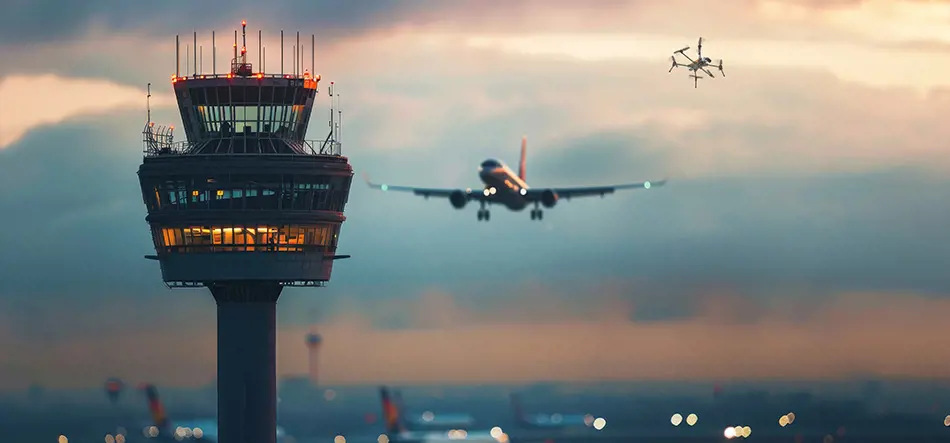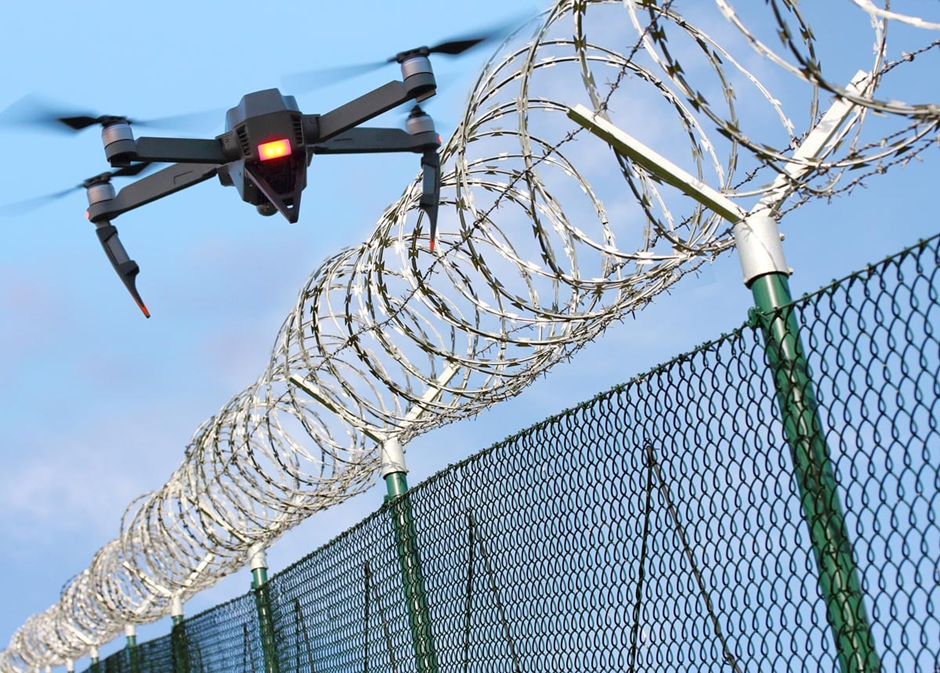
Introduction
As aviation activity in East Africa continues to grow, so too do the security demands placed on airport infrastructure. One of the most pressing challenges faced by airport authorities is securing extensive perimeter areas from unauthorized access, wildlife intrusions, smuggling, and potential sabotage. Traditional perimeter security systems—such as fencing, guard patrols, and CCTV—are often expensive to maintain and limited in scope. To meet these growing challenges, countries across East Africa have begun integrating drone technology into their airport security architecture. This article explores the current landscape of drone use for perimeter surveillance, the benefits and limitations of this approach, and the implementation status across various East African nations.
Why Perimeter Security Matters
Perimeter breaches pose serious threats to aviation safety and security. Infiltration by unauthorized persons, criminal elements, or wildlife can lead to runway incursions, damage to aircraft, or delays in operations. For airports like Jomo Kenyatta International in Nairobi, Bole International in Addis Ababa, and Entebbe International in Uganda, expansive perimeters stretching over tens of kilometers require constant monitoring—a task that is labor-intensive and vulnerable to human error.
Moreover, threats from terrorism and organized crime further underscore the importance of airtight perimeter control. With many East African airports located near urban centers or porous land borders, securing these zones has become an urgent priority for both national and regional aviation authorities.

The Emergence of Drone Surveillance
Unmanned Aerial Vehicles (UAVs), commonly known as drones, have emerged as a viable solution for real-time surveillance and rapid incident response in perimeter security. Drones equipped with thermal imaging, high-resolution cameras, and GPS tracking can patrol large swaths of land in significantly less time than ground patrols. They can also reach inaccessible terrain, operate during day or night, and transmit live footage to central command centers.
Kenya, for example, has piloted drone-based surveillance at key installations such as JKIA and Moi International Airport in Mombasa. Operated by the Kenya Airports Authority (KAA) in coordination with national security services, these drones supplement existing systems by providing an aerial view of vulnerable perimeter zones, identifying breaches, and tracking suspicious movements in real time.
Advantages of Drone Integration
The application of drones in airport perimeter security offers numerous operational advantages:
- Cost Efficiency: While the initial investment in drone infrastructure and training is significant, long-term operational costs are lower compared to continuous manned patrols or expanding fixed surveillance systems.
- Rapid Response: Drones can be deployed immediately to any alert location, dramatically reducing response time to breaches or threats.
- Enhanced Visibility: Aerial surveillance provides superior line-of-sight coverage compared to ground-based methods, especially over vegetation, fences, or uneven terrain.
- Data Collection: Modern drones can archive video footage, thermal scans, and GPS logs, aiding in post-incident analysis and legal processes.
- Flexibility: Drones can be programmed for regular patrols or triggered to respond to sensor alerts, motion detectors, or alarm breaches.
These advantages make drones especially attractive for airports in East Africa, where resources are often stretched thin and terrain variability complicates ground patrols.
Implementation Across the Region
- In Uganda, the Civil Aviation Authority (UCAA) is working with security forces to introduce drones as part of a broader strategy to secure Entebbe International Airport’s perimeter. This includes integrating drone systems into existing surveillance networks and enhancing personnel training.
- Rwanda has adopted drone monitoring at Kigali International Airport through partnerships with local drone startups, taking advantage of the country’s progressive regulatory framework. These efforts form part of a broader smart airport initiative aimed at automating various elements of airport operations, including surveillance and traffic monitoring.
- Tanzania, Ethiopia, and Burundi are at different stages of feasibility studies or pilot programs to evaluate how drone technology can augment their existing security structures. In Ethiopia, discussions are underway to link perimeter drones at Bole International with the airport’s AI-based security management system.
- Somalia and South Sudan, due to ongoing security and budgetary constraints, have yet to implement drone surveillance at major airports, though proposals have been made as part of foreign aid and aviation development packages.
Regulatory and Operational Challenges
Despite the promise of drone surveillance, its implementation is not without hurdles. Regulatory uncertainty is a key barrier in many East African countries. Drone operations near airports require strict controls to avoid interference with aircraft flight paths. National aviation authorities must craft clear regulations that balance safety, security, and innovation.
Another challenge is ensuring the security of drone systems themselves. UAVs are vulnerable to hacking, GPS spoofing, or being physically intercepted. There is also the question of data privacy and storage—especially when surveillance footage includes surrounding communities.
Training and technical capacity also limit the scalability of drone integration. Airport security teams require specialized training in drone operation, maintenance, and legal compliance. Many countries rely on external contractors or foreign partnerships, which raises long-term sustainability concerns.
The Role of Regional Cooperation
To address these challenges, regional collaboration is essential. The East African Community (EAC) and African Civil Aviation Commission (AFCAC) can play a coordinating role by harmonizing drone regulations, facilitating information-sharing on best practices, and pooling resources for joint procurement or training programs.
There is also growing interest in forming public-private partnerships to fund drone-based security innovations. Local tech firms, aviation stakeholders, and development agencies can contribute to building a sustainable and secure drone ecosystem tailored to the region’s unique needs.
Conclusion
Drone surveillance is rapidly becoming a cornerstone of modern perimeter security at airports in East Africa. While not a replacement for traditional methods, drones offer critical advantages in cost, coverage, and responsiveness. With the right regulatory support, training, and regional collaboration, drone technology can help safeguard airport perimeters from a wide range of security threats. As air traffic continues to rise across East Africa, ensuring that airport security keeps pace will be vital—and drones are poised to be an important part of that future.


